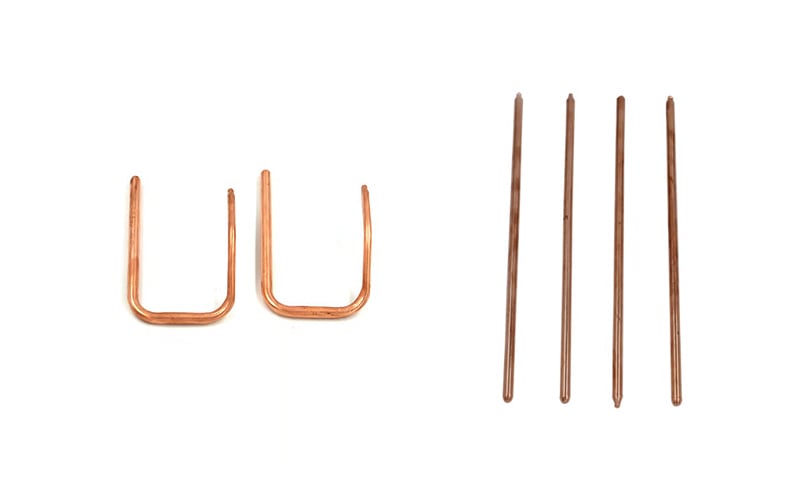Introduction to Long Heat Pipes
Long heat pipes are essential components in various thermal management systems, facilitating the effective transfer of heat over long distances. These heat pipes face unique design challenges that must be addressed to ensure optimal performance.
Thermal Conductivity Considerations
One of the key design challenges in long heat pipes is maintaining high thermal conductivity over extended lengths. Manufacturers must carefully select materials with excellent thermal properties to minimize heat loss and maximize efficiency.
Fluid Selection and Evaporation
Choosing the right working fluid is crucial in long heat pipe design. The fluid must efficiently absorb and release heat through evaporation and condensation processes, ensuring consistent thermal performance under varying operating conditions.
Gravity and Capillary Action
Long heat pipes rely on a combination of gravity and capillary action to circulate the working fluid. Designers must carefully balance these forces to achieve optimal heat transfer rates without causing fluid stagnation or dry-out.
Pressure Drop and Flow Dynamics
Maintaining proper flow dynamics is essential in long heat pipe design to prevent pressure drops that can impede heat transfer. Engineers must carefully optimize the pipe's geometry and dimensions to ensure efficient fluid circulation.
Temperature Distribution and Management
Controlling temperature distribution along the length of a long heat pipe is critical to preventing hot spots and thermal inefficiencies. Designers must incorporate heat sinks, insulation, and other thermal management techniques to achieve uniform heat dissipation.
Material Compatibility and Corrosion Resistance
Long heat pipes are often exposed to harsh operating environments that can degrade materials over time. Selecting corrosion-resistant materials and coatings is essential to ensure the longevity and reliability of the heat pipe system.
Manufacturability and Cost Efficiency
Balancing manufacturability and cost efficiency is another key challenge in long heat pipe design. Engineers must optimize the manufacturing process to minimize production costs while maintaining high-quality standards and performance.
Integration with Thermal Systems
Long heat pipes must be seamlessly integrated into larger thermal management systems to achieve optimal heat transfer capabilities. Designers must consider factors such as system compatibility, thermal resistance, and overall system efficiency.
Testing and Performance Validation
Thorough testing and performance validation are essential steps in the design and development of long heat pipes. Engineers must conduct comprehensive tests to ensure that the heat pipes meet specified performance criteria and operate reliably in real-world applications.

